Home>Articles>What Is A Paddle Attachment For Kitchenaid Mixer
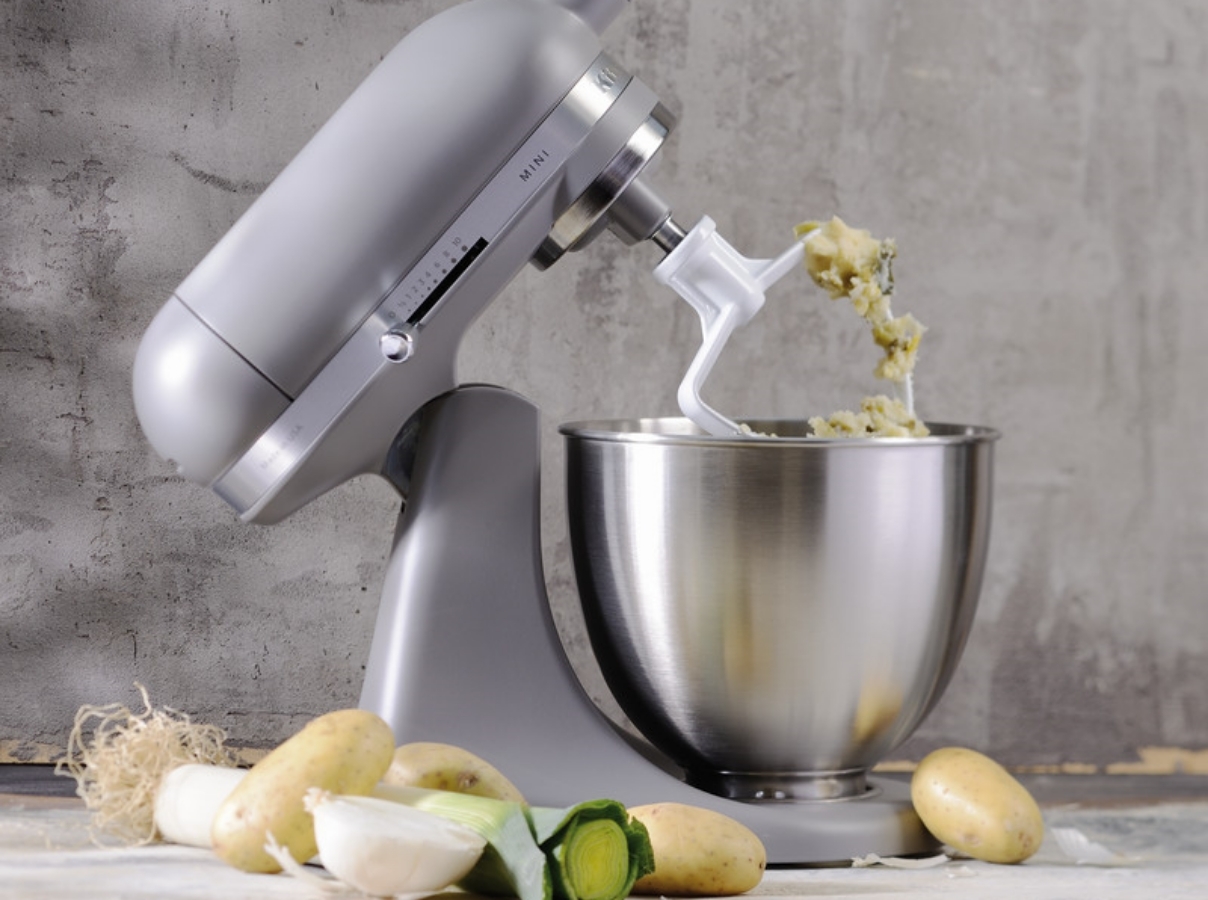

Articles
What Is A Paddle Attachment For Kitchenaid Mixer
Modified: October 20, 2024
Looking for articles on what a paddle attachment for a Kitchenaid mixer is? Discover the benefits and functionality of this essential kitchen tool.
(Many of the links in this article redirect to a specific reviewed product. Your purchase of these products through affiliate links helps to generate commission for Storables.com, at no extra cost. Learn more)
Introduction
In the world of cooking and baking, having the right tools can make all the difference. Whether you’re whipping up a batch of cookies or kneading dough for homemade bread, a KitchenAid mixer is a beloved staple in many kitchens. But what exactly is a paddle attachment for a KitchenAid mixer, and why is it an essential accessory for any home cook or baker?
A paddle attachment is a specialized tool that attaches to the hub of a KitchenAid mixer. It is designed to mix, beat, and combine ingredients in a gentle and efficient manner. This attachment is an alternative to the more commonly used wire whip or dough hook, providing versatility and convenience in the kitchen.
Understanding the capabilities and functions of the paddle attachment is crucial for anyone who wants to make the most out of their KitchenAid mixer. In this article, we will explore the different aspects of the paddle attachment, including how it works, its advantages, and the various types available. So, let’s dive right in and discover the wonders of the paddle attachment for your KitchenAid mixer!
Key Takeaways:
- Elevate your mixing experience with the versatile paddle attachment for KitchenAid mixers. Its efficient and thorough mixing capabilities ensure smooth, consistent textures in your culinary creations, saving you time and effort in the kitchen.
- Embrace the convenience and satisfaction of perfectly blended creations with the paddle attachment. From creaming butter and sugar to mixing sticky doughs, this essential tool offers versatility, ease of use, and time-saving benefits for any home cook or baker.
Overview of KitchenAid Mixers
KitchenAid mixers are renowned for their quality craftsmanship and durability. They have been a trusted brand in the culinary world for decades, and their mixers have become a staple in both professional kitchens and home kitchens alike. With a variety of models and sizes available, there is a KitchenAid mixer to suit every cooking and baking need.
One of the standout features of KitchenAid mixers is their powerful motor, which ensures smooth and consistent mixing. This makes them ideal for handling heavy doughs, thick batters, and even large quantities of ingredients. Additionally, KitchenAid mixers are known for their versatility, allowing you to perform a wide range of tasks with just one appliance.
These mixers come with a variety of attachments that can be easily interchanged, allowing you to tackle various recipes and culinary creations. From kneading dough to whisking egg whites to creaming butter, the attachments for KitchenAid mixers make it possible to achieve professional-quality results in the comfort of your own kitchen.
One of the most popular and widely used attachments is the paddle attachment. It offers a unique mixing action that takes the strain off your arms while efficiently combining ingredients to achieve a smooth and consistent texture. Let’s take a closer look at what the paddle attachment is and how it works.
What is a Paddle Attachment?
A paddle attachment is a key accessory for KitchenAid mixers. It is a tool that is designed to mix and incorporate ingredients in a gentle and efficient manner. The paddle attachment features a flat, paddle-shaped blade that rotates around the mixing bowl, effectively blending the ingredients together.
The paddle attachment is often used for tasks that require a slower and more thorough mixing action. It is particularly useful for recipes that call for ingredients like butter, sugar, and other soft or semi-soft substances that need to be creamed together. The paddle attachment’s flat shape helps to ensure even mixing, preventing any chunks or lumps from forming.
Unlike other attachments like the wire whip or dough hook, the paddle attachment’s primary function is not to incorporate air into the mixture. Instead, it focuses on thoroughly mixing the ingredients without introducing excessive air, which can result in a denser final product. This makes it ideal for recipes that require a more uniform and smooth consistency.
One of the advantages of the paddle attachment is its versatility. It can handle a wide range of mixing tasks, from creaming butter and sugar for cookies to incorporating wet and dry ingredients for cake batters. While it may not be suitable for heavy doughs or whisking egg whites, the paddle attachment shines when it comes to mixing sticky or dense mixtures.
Additionally, the paddle attachment is generally easier to use and control compared to other attachments. Its flat design allows for better scraping of the sides and bottom of the mixing bowl, ensuring that all the ingredients are evenly mixed. This can help prevent any pockets of unmixed ingredients, resulting in a more consistent and flavorful end product.
Now that we know what a paddle attachment is and its main functions, let’s explore how it works and the advantages it offers in more detail.
How Does a Paddle Attachment Work?
The paddle attachment operates on a simple yet effective mechanism that allows it to mix ingredients efficiently. When attached to a KitchenAid mixer, the paddle attachment spins around the mixing bowl, combining the ingredients evenly. Understanding the working principle behind the paddle attachment is key to maximizing its potential in the kitchen.
The paddle attachment features a flat blade with several fins or ridges that extend outward. As the mixer’s motor rotates the attachment, the fins of the paddle blade move through the mixture, gently pushing and blending the ingredients together.
Unlike the dough hook, which is designed to knead dough, or the wire whip, which incorporates air into mixtures, the paddle attachment focuses on thorough mixing without excessive aeration. Its flat design ensures that the ingredients are evenly distributed, preventing any pockets of unmixed dough or batter.
When using the paddle attachment, it’s important to start the mixer on a low speed to avoid splattering. Gradually increase the speed as the ingredients start to blend together. This gradual mixing process ensures that the ingredients are incorporated evenly and prevents any potential mess in the kitchen.
Another key aspect of using a paddle attachment is the scraping technique. Since the paddle attachment does not reach the sides or bottom of the mixing bowl fully, it’s essential to stop the mixer periodically and scrape down the sides and bottom of the bowl with a spatula. This helps ensure that all the ingredients are captured and mixed thoroughly, resulting in a consistent texture and flavor.
Additionally, it’s important to note that the paddle attachment may not be suitable for certain types of mixtures. For example, heavy bread doughs or extremely light and fluffy meringues may require specific attachments like the dough hook or wire whip, respectively.
Understanding how the paddle attachment works and its limitations can help you choose the right attachment for each recipe and achieve the desired results in your culinary endeavors.
Advantages of Using a Paddle Attachment
The paddle attachment for a KitchenAid mixer offers numerous advantages that make it an essential tool for any home cook or baker. Understanding these advantages can help you make the most of this versatile attachment in your culinary endeavors:
1. Efficient and Thorough Mixing: The paddle attachment’s flat design and gentle mixing action ensure thorough incorporation of ingredients without excessive aeration. This results in a smooth, consistent texture in your batters, doughs, and mixtures.
2. Even Distribution: The flat blade of the paddle attachment ensures that ingredients are evenly distributed throughout the mixture. This helps prevent pockets of unmixed ingredients and ensures a uniform flavor and texture in your final product.
3. Easy to Use and Control: The paddle attachment is generally easier to use and control compared to other attachments. Its flat shape allows for better scraping of the sides and bottom of the mixing bowl, ensuring that all the ingredients are thoroughly mixed.
4. Versatile Mixing Capabilities: The paddle attachment is suitable for a wide range of mixing tasks, including creaming butter and sugar, combining wet and dry ingredients, and blending thick or sticky mixtures. Its versatility makes it a go-to attachment for many recipes.
5. Time-Saving: The paddle attachment’s efficient mixing action saves time in the kitchen. It can quickly and effectively combine ingredients, reducing the need for manual mixing and allowing you to focus on other aspects of your recipe.
6. Prevents Excessive Aeration: Unlike the wire whip, the paddle attachment does not incorporate excessive amounts of air into the mixture. This is particularly beneficial for recipes that require denser textures, such as fudgy brownies or chewy cookies.
7. Maintains Consistency: The paddle attachment helps maintain the consistency of the ingredients being mixed. It prevents overmixing, which can lead to tough cakes or dense breads, ensuring that your final product turns out just right.
By harnessing the advantages of the paddle attachment, you can elevate your baking and cooking to new heights, creating delicious and perfectly blended creations with ease.
When using a paddle attachment for a KitchenAid mixer, start on a low speed to prevent splattering, and gradually increase the speed as needed for mixing ingredients evenly.
Types of Paddle Attachments
When it comes to paddle attachments for KitchenAid mixers, there are a few different variations available to suit various mixing tasks and preferences. Let’s explore some of the common types of paddle attachments:
1. Flat Beater: The flat beater is the standard paddle attachment that usually comes with KitchenAid mixers. It features a flat, paddle-shaped blade with fins or ridges. This attachment is versatile and can handle a wide range of mixing tasks, from creaming butter and sugar to combining cake batters.
2. Flexible Edge Beater: The flexible edge beater is an upgraded version of the flat beater. It features a silicone edge that scrapes the sides and bottom of the mixing bowl more efficiently, minimizing the need for manual scraping. This attachment is particularly useful when dealing with sticky batters or recipes that tend to cling to the sides of the bowl.
3. Coated Paddle: Coated paddle attachments are designed with a nonstick coating on the paddle’s surface. This prevents ingredients from sticking to the attachment, making it easier to clean and ensuring that all the ingredients are incorporated smoothly. Coated paddle attachments are great for sticky doughs, such as cookie or bread doughs.
4. Flex Edge Bowl Scraper: The flex edge bowl scraper not only has the functionality of a paddle attachment but also includes a silicone blade or scraper that continuously scrapes the sides and bottom of the mixing bowl as it rotates. This ensures thorough mixing and minimizes the need for manual scraping, saving time and effort.
5. Spiral Paddle: The spiral paddle attachment features a spiral-shaped blade. Its unique design is particularly beneficial for gentle mixing and folding delicate ingredients, such as whipped creams or meringues. The spiral blade helps maintain the airiness of these mixtures while ensuring even incorporation of ingredients.
When choosing a paddle attachment, it’s important to consider the type of recipes you frequently make and your personal preferences. Experimenting with different paddle attachments can help you find the one that best suits your needs and enhances your mixing experience.
Tips for Using a Paddle Attachment
Using a paddle attachment for your KitchenAid mixer can greatly enhance your mixing experience and produce excellent results. Here are some tips to help you make the most out of your paddle attachment:
1. Start on Low Speed: When using the paddle attachment, start the mixer on a low speed to prevent splattering. Gradually increase the speed as the ingredients start to blend together.
2. Periodically Scrape the Bowl: Since the paddle attachment does not fully reach the sides and bottom of the mixing bowl, periodically stop the mixer and scrape down the sides and bottom with a spatula. This ensures that all the ingredients are thoroughly mixed and prevents any pockets of unmixed batter or dough.
3. Use the Correct Attachment for the Task: While the paddle attachment is versatile, it may not be suitable for certain tasks. For heavy doughs, opt for the dough hook, and for whipping creams or egg whites, use the wire whip. Using the appropriate attachment ensures optimal results.
4. Adjust Mixing Time: Keep an eye on the mixing time and adjust as needed. Overmixing can result in tough cakes or breads, while undermixing may lead to unevenly combined ingredients. Pay attention to the recipe’s instructions and monitor the mixing process accordingly.
5. Work with Softened Ingredients: Before using the paddle attachment, make sure your butter or other fats are softened. Softened ingredients blend more easily and smoothly, ensuring a well-mixed batter or dough.
6. Avoid Overloading the Mixer: Be mindful of the recommended maximum capacity of your specific KitchenAid mixer. Overloading the mixer can strain the motor and affect the mixing results. If working with large batches, consider splitting the mixture into smaller portions and mixing them separately.
7. Clean and Dry Thoroughly: After each use, remove the paddle attachment from the mixer and clean it thoroughly. Make sure it is completely dry before storing it to prevent the growth of mold or bacteria.
By keeping these tips in mind, you can achieve optimal results when using a paddle attachment with your KitchenAid mixer. Experiment with different recipes, adjust techniques as needed, and enjoy the convenience and efficiency that the paddle attachment offers.
Cleaning and Maintenance of Paddle Attachments
Proper cleaning and maintenance of your paddle attachments are essential to ensure their longevity and optimal performance. Here are some tips to help you keep your paddle attachments in great condition:
1. Hand Wash: It is recommended to hand wash your paddle attachments instead of placing them in the dishwasher. Submerge them in warm, soapy water and use a gentle brush or sponge to remove any residue or buildup.
2. Avoid Abrasive Cleaners: Avoid using harsh or abrasive cleaners on your paddle attachments, as they can damage the surface. Stick to mild dish soap and a non-abrasive cleaning sponge or cloth.
3. Thoroughly Dry: After cleaning, make sure to dry your paddle attachments thoroughly. Moisture can lead to rust or mold growth, so air-drying or using a towel to remove excess moisture is important.
4. Inspect for Damage: Regularly inspect your paddle attachments for any signs of damage or wear. Check for loose or bent fins, chipping, or cracking. If you notice any issues, it’s best to replace the attachment to ensure safe and effective mixing.
5. Store Properly: When not in use, store your paddle attachments in a clean and dry area. Avoid stacking them or placing heavy objects on top of them to prevent deformation or damage.
6. Use Attachment Covers: Consider using attachment covers or storage cases to protect your paddle attachments from dust, moisture, and potential damage during storage. These covers can help prolong the life of your attachments.
7. Follow Manufacturer’s Guidelines: Always refer to the specific cleaning and maintenance instructions provided by the manufacturer of your paddle attachments. They may have specific recommendations based on the materials used.
By following these cleaning and maintenance tips, you can ensure that your paddle attachments remain in excellent condition, allowing you to enjoy the benefits of efficient and effective mixing for years to come.
Conclusion
The paddle attachment for a KitchenAid mixer is a versatile and essential tool that enhances the mixing experience in any kitchen. Whether you’re a seasoned baker or a novice cook, understanding the ins and outs of the paddle attachment can take your culinary creations to the next level.
With its efficient and thorough mixing capabilities, the paddle attachment ensures that your ingredients are evenly distributed and incorporated, resulting in a smooth, consistent texture in your batters, doughs, and mixtures. It offers advantages such as versatility, ease of use, and time-saving benefits, making it a must-have attachment for any KitchenAid mixer owner.
By following tips such as starting on low speed, periodically scraping the bowl, and using the correct attachment for each task, you can make the most out of your paddle attachment. And don’t forget about proper cleaning and maintenance to ensure its longevity and optimal performance.
Whether you’re creaming butter and sugar for cookies, combining wet and dry ingredients for cakes, or mixing thick and sticky mixtures, the paddle attachment is there to help you achieve excellent results with ease.
So, embrace the versatility and efficiency of the paddle attachment for your KitchenAid mixer. Explore the different types available, experiment with various recipes, and enjoy the convenience and satisfaction of perfectly blended creations. Happy mixing!
Frequently Asked Questions about What Is A Paddle Attachment For Kitchenaid Mixer
Was this page helpful?
At Storables.com, we guarantee accurate and reliable information. Our content, validated by Expert Board Contributors, is crafted following stringent Editorial Policies. We're committed to providing you with well-researched, expert-backed insights for all your informational needs.
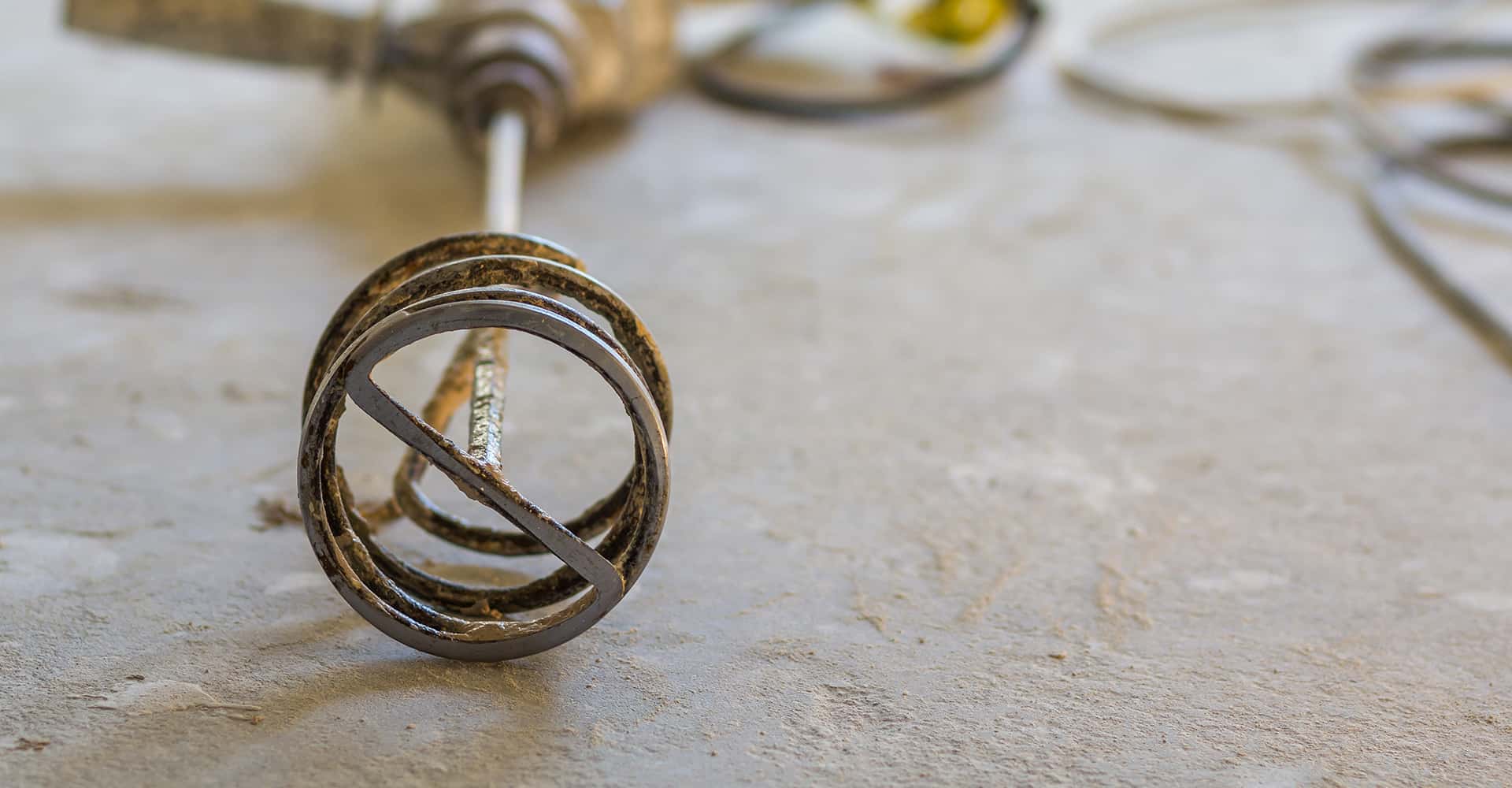
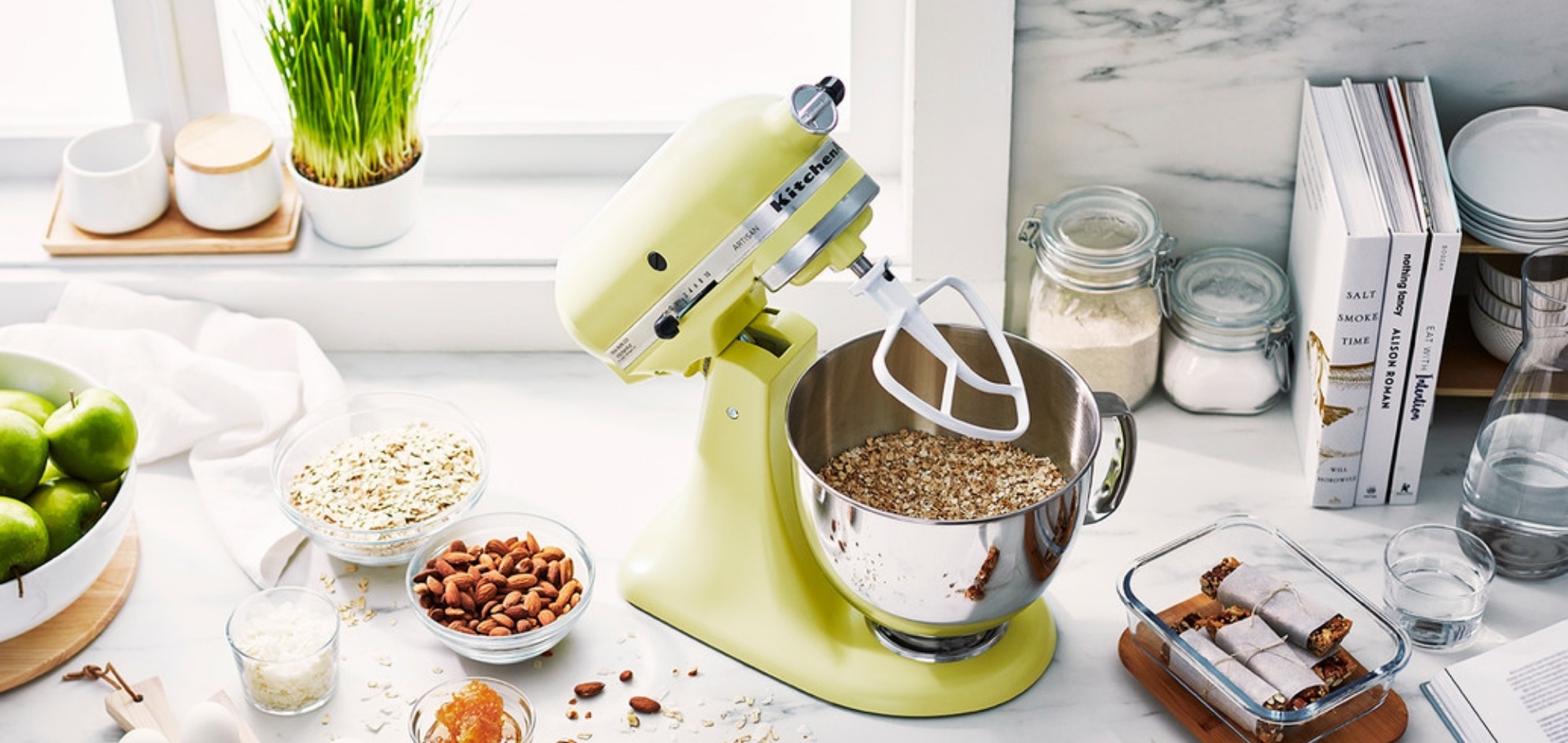
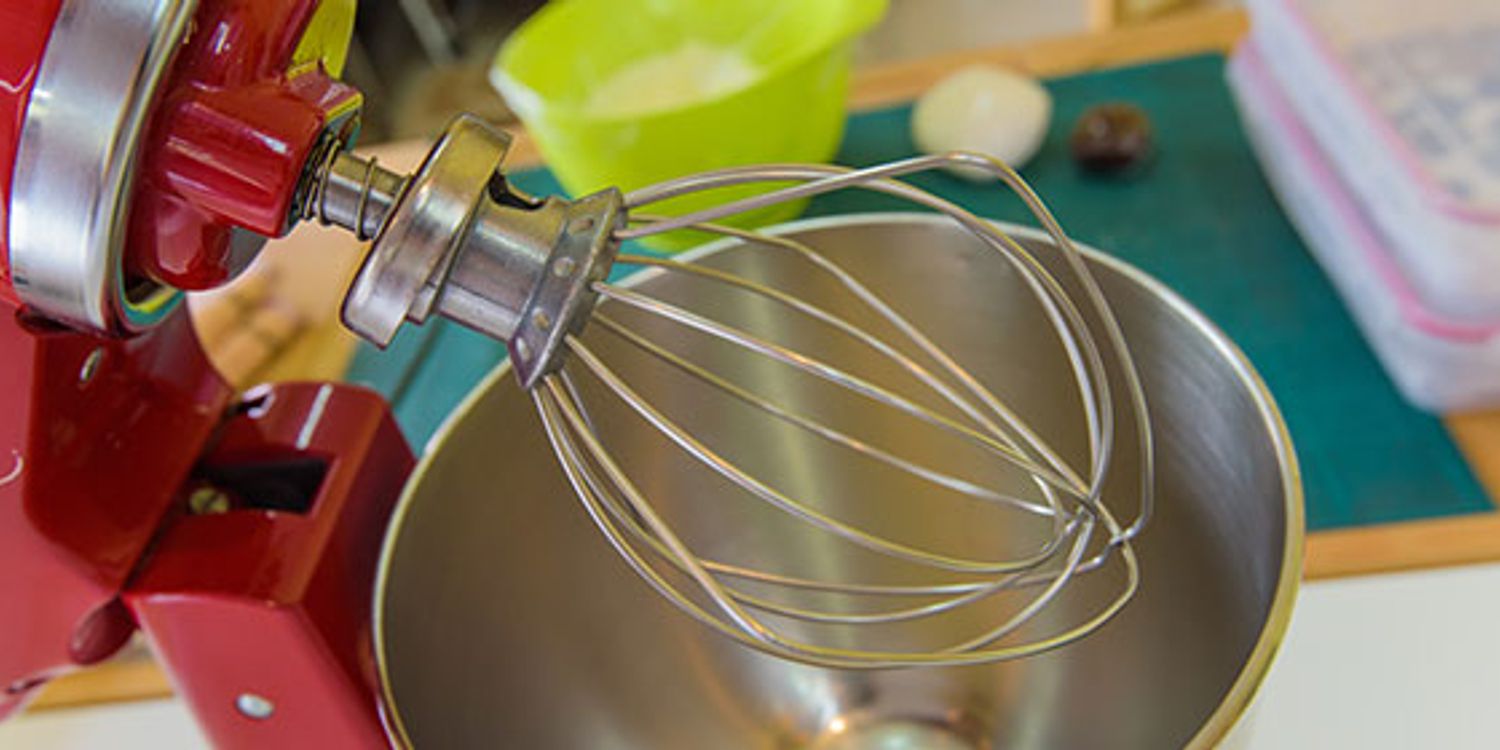
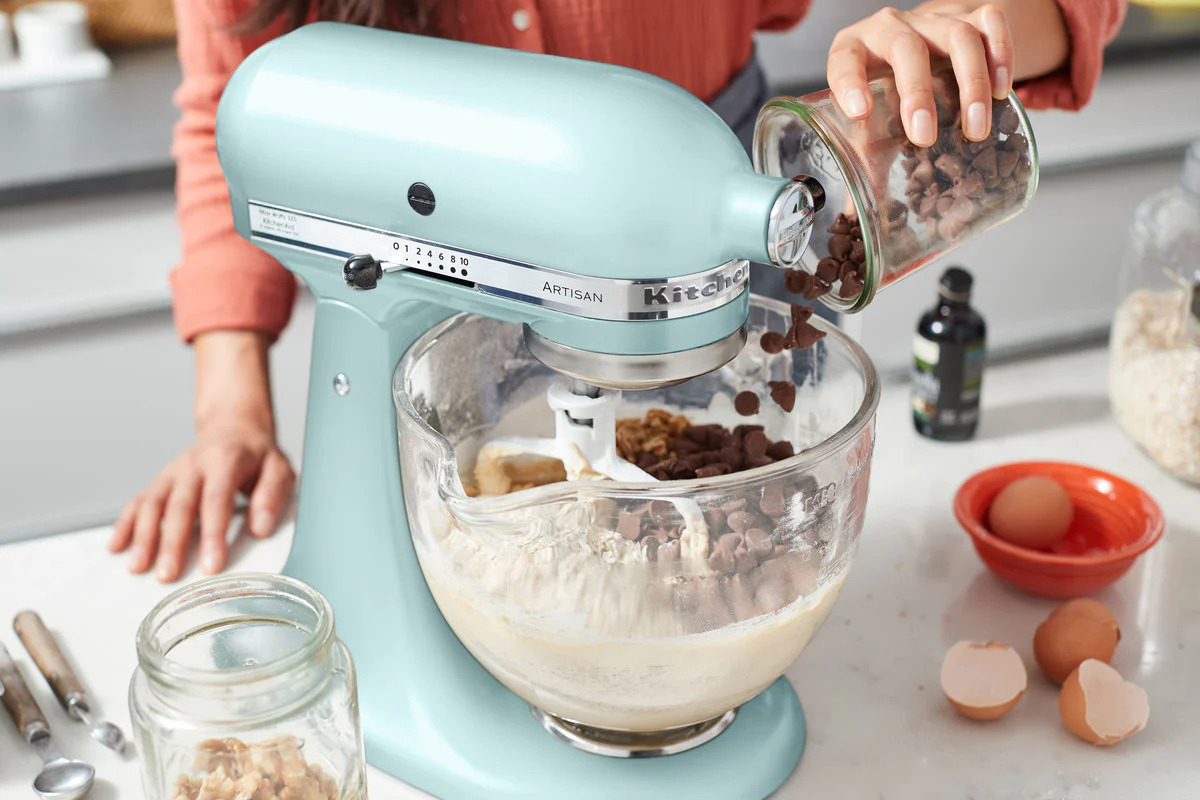
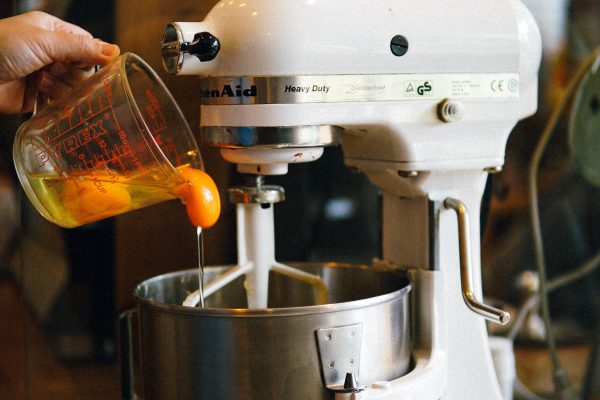

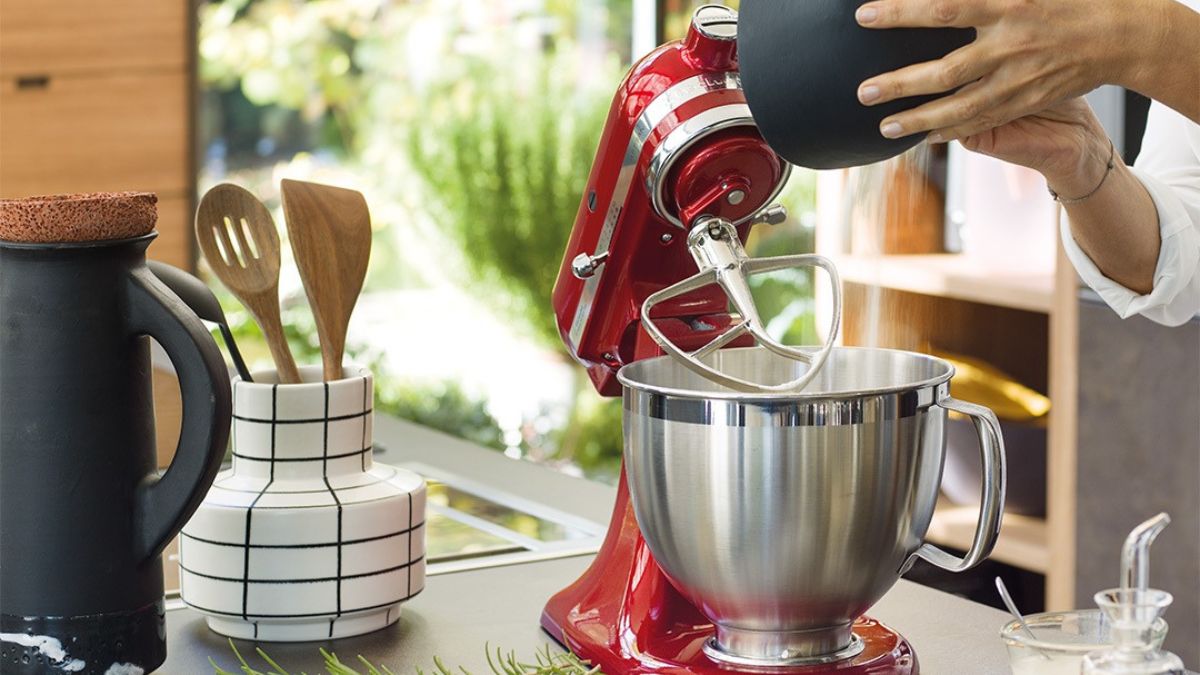

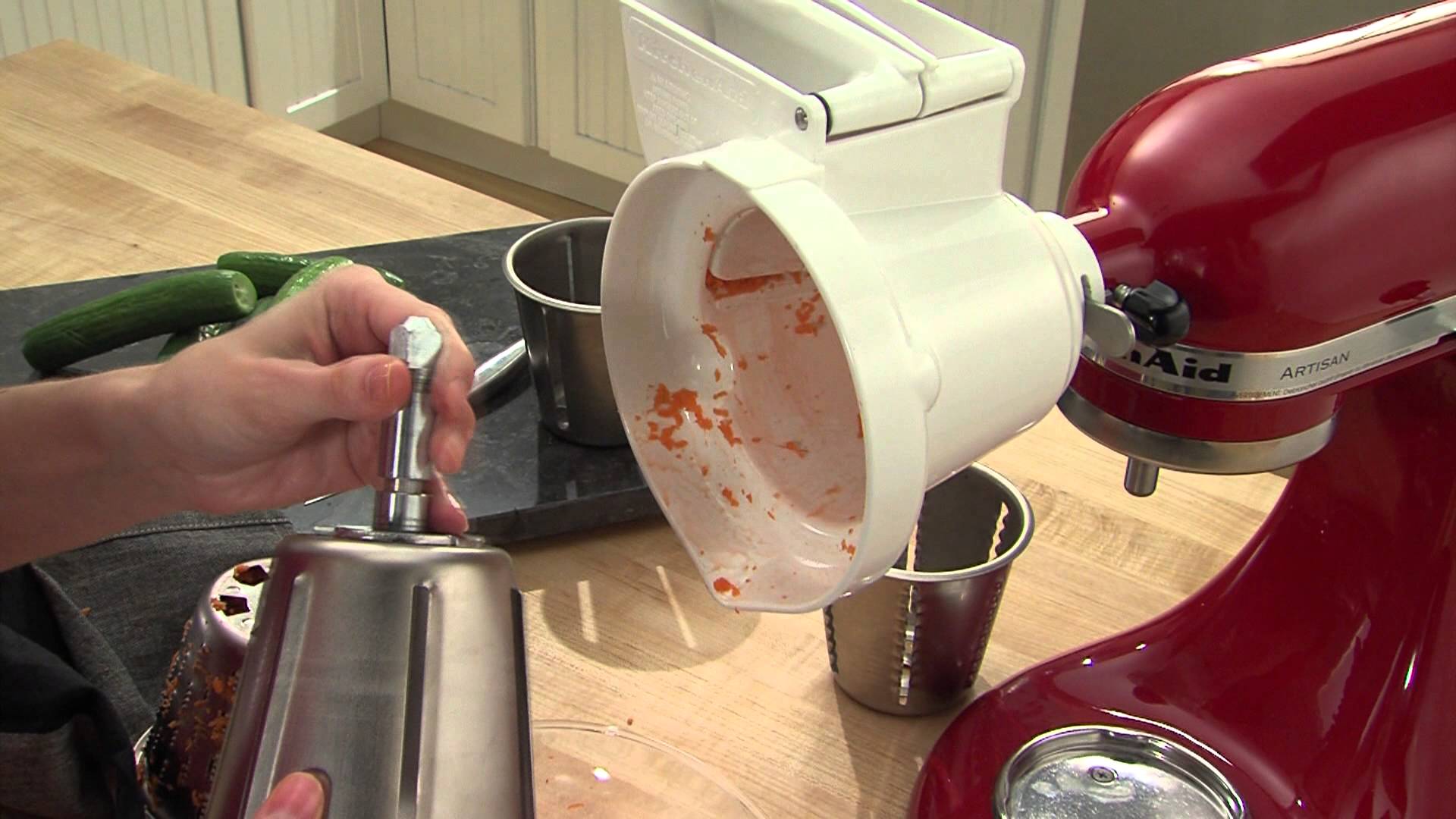
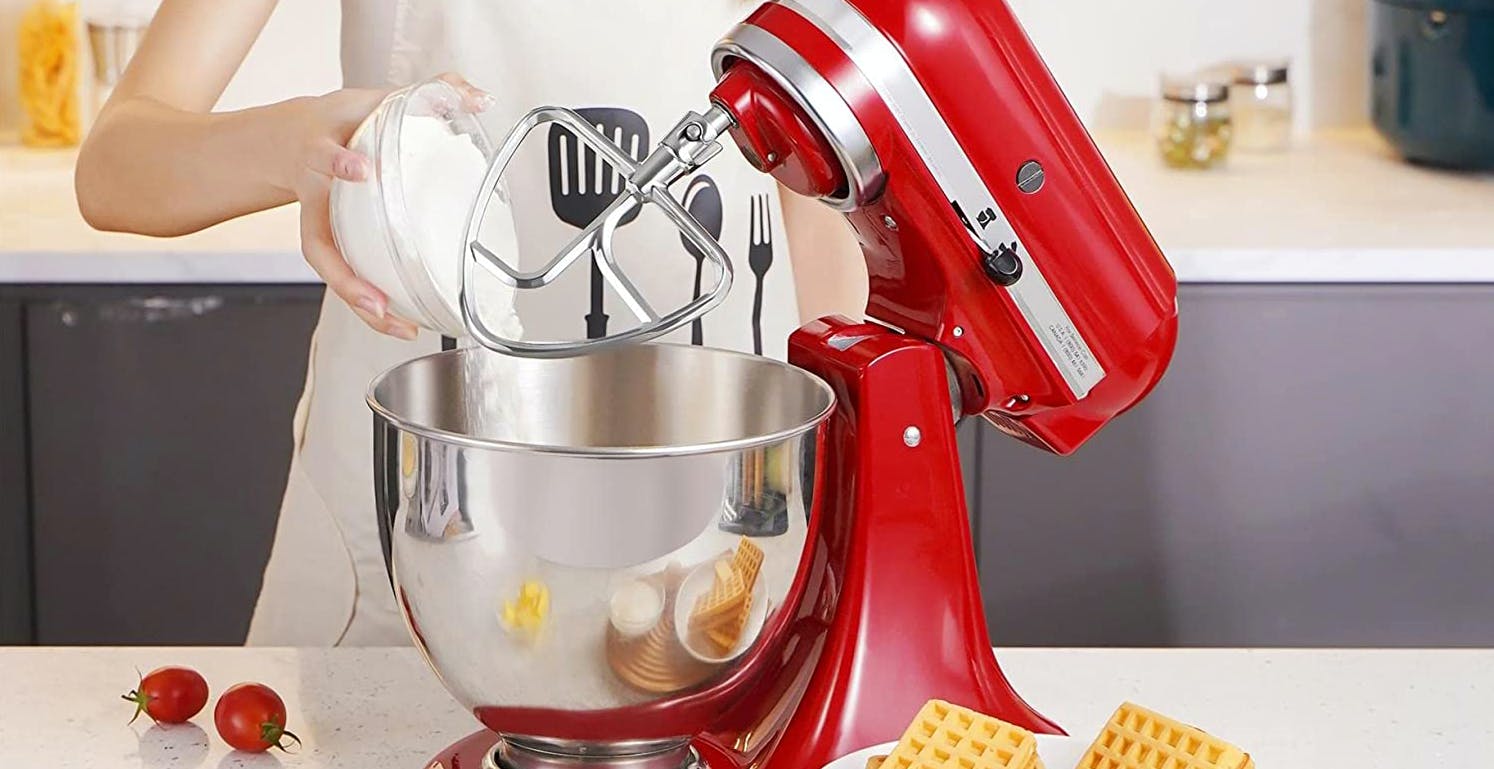
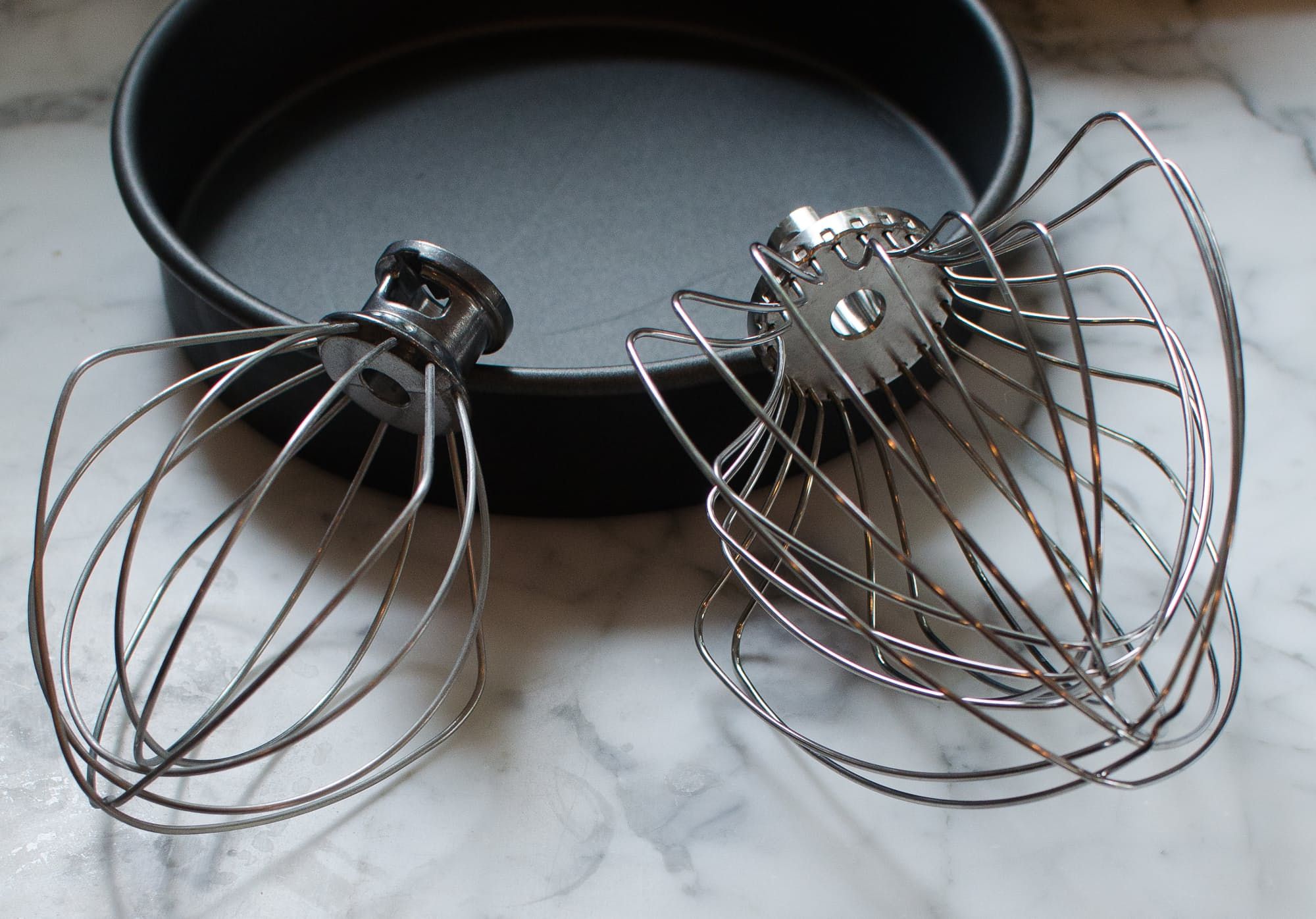
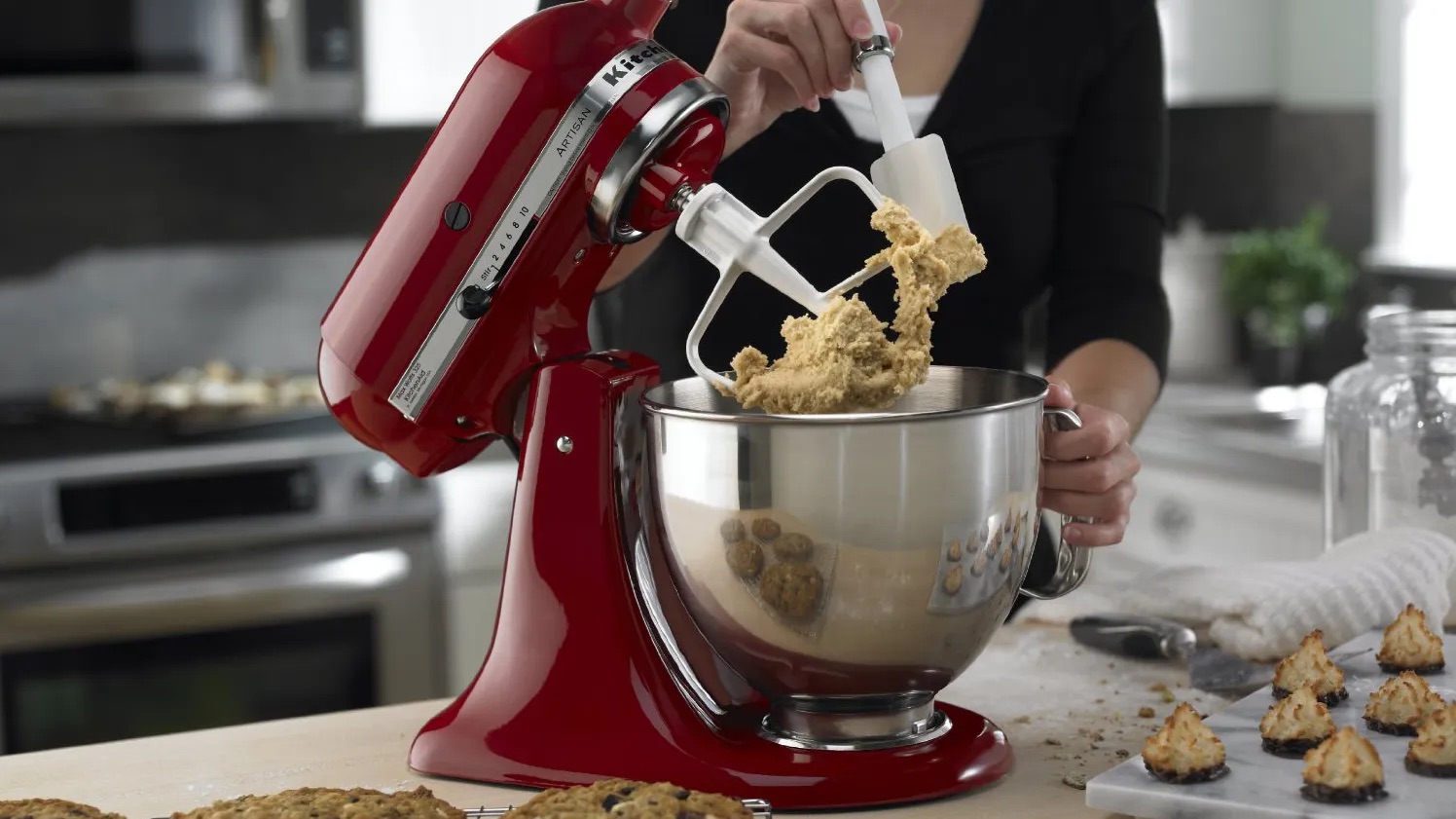
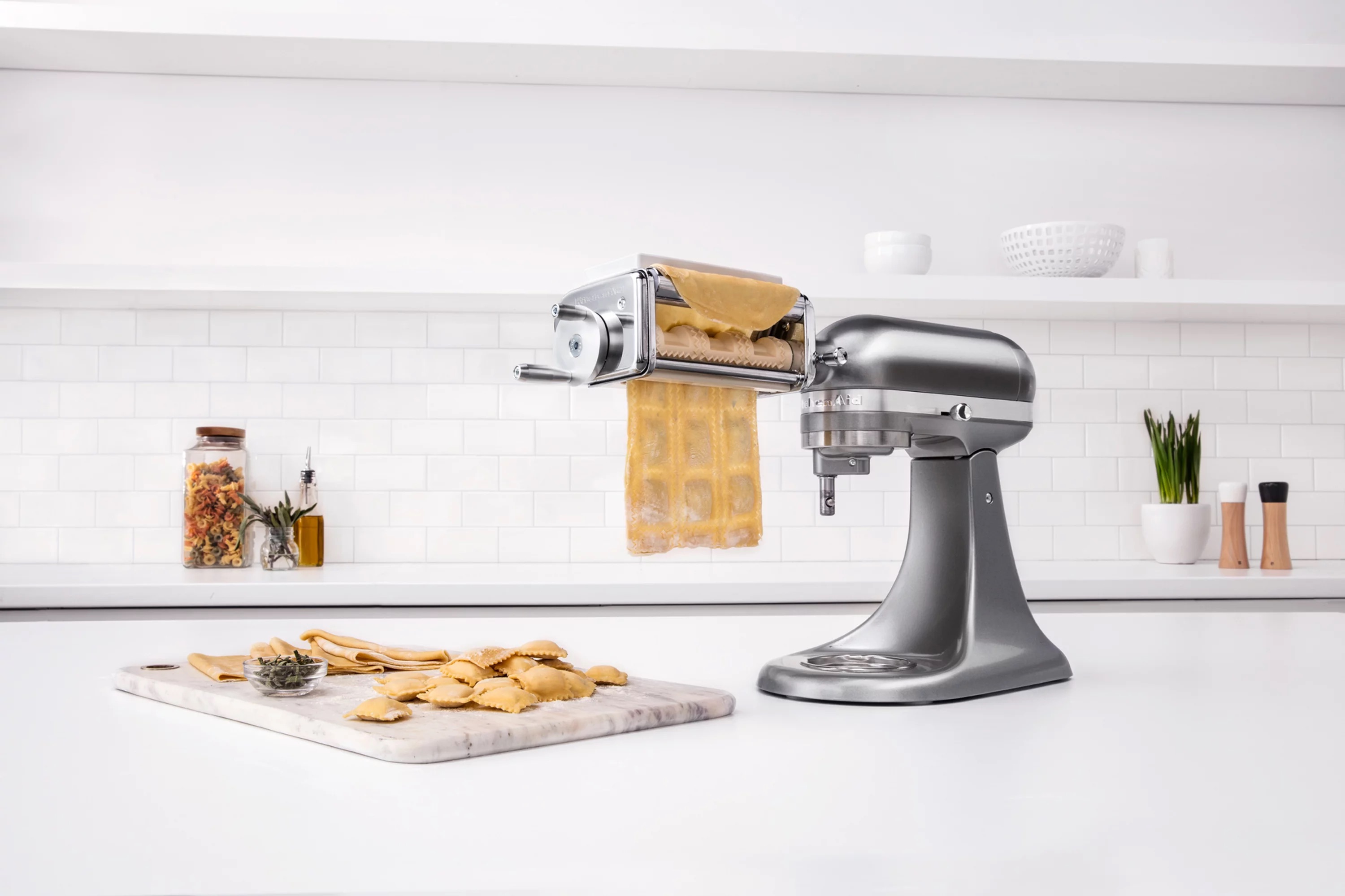
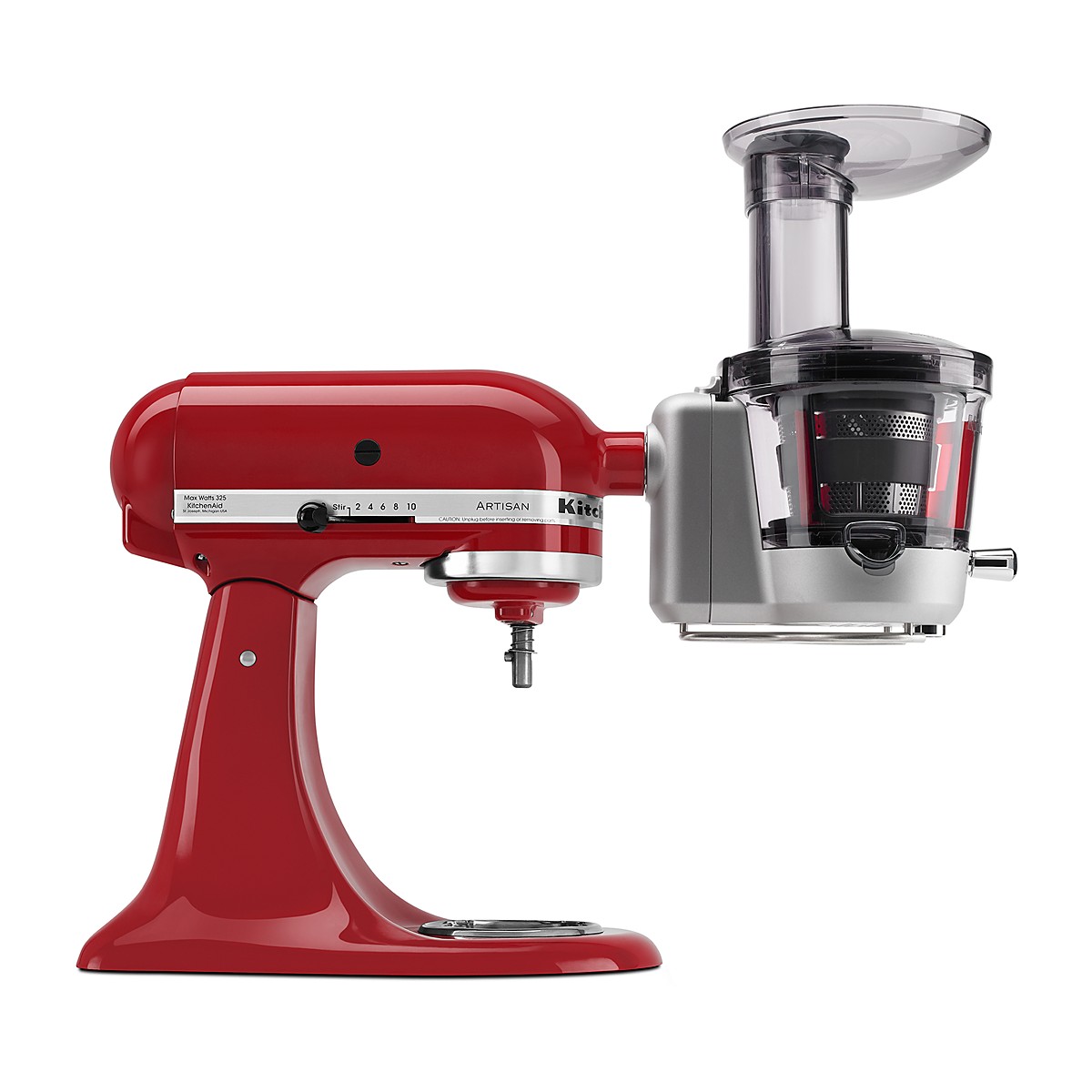

0 thoughts on “What Is A Paddle Attachment For Kitchenaid Mixer”